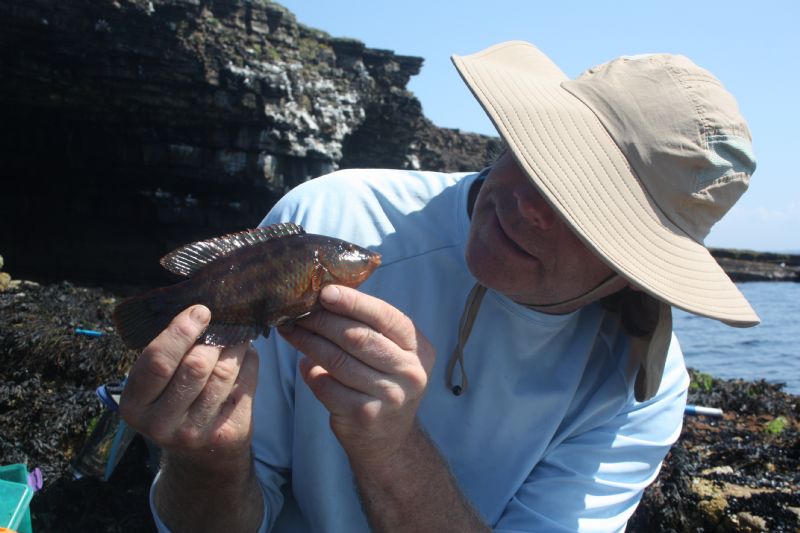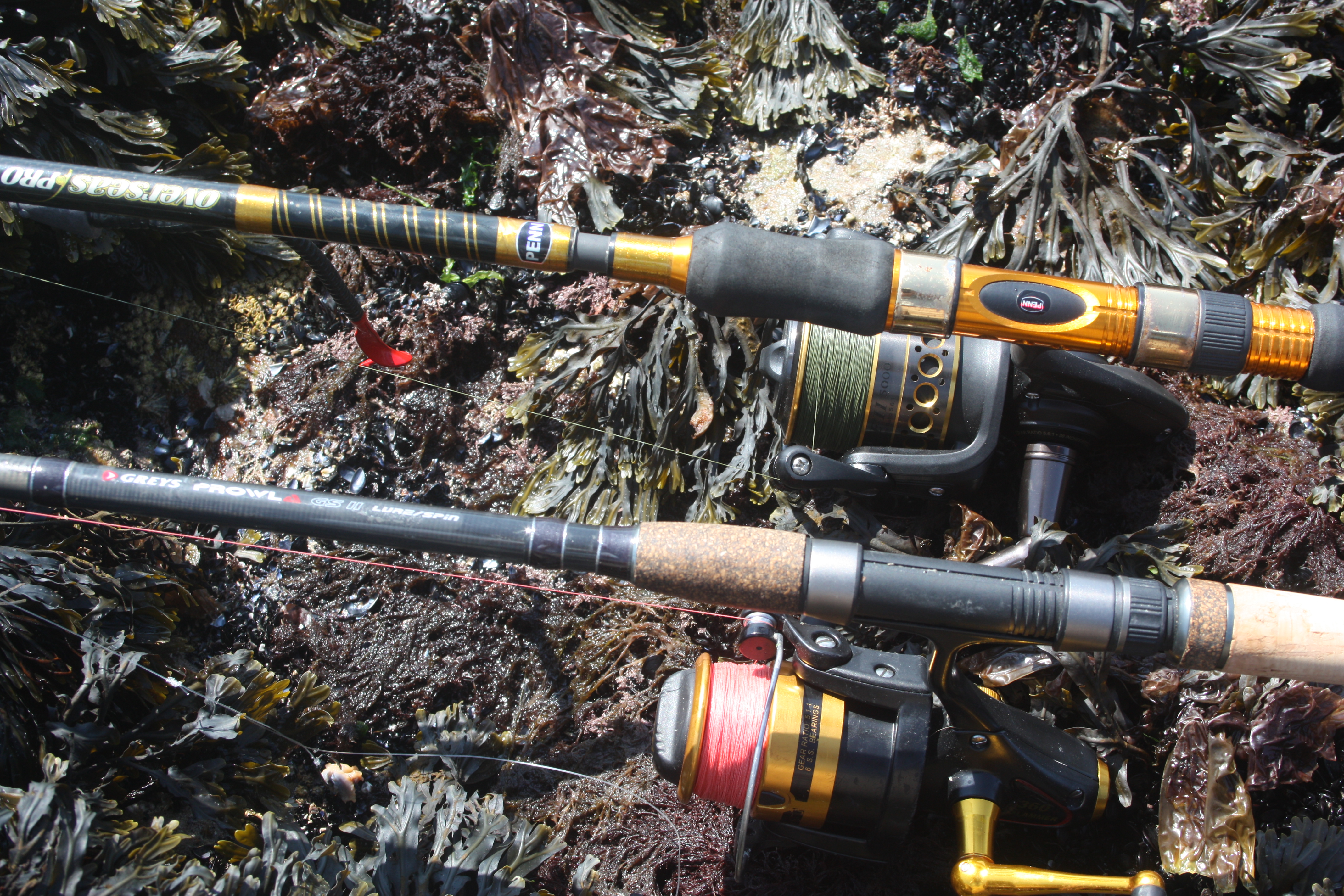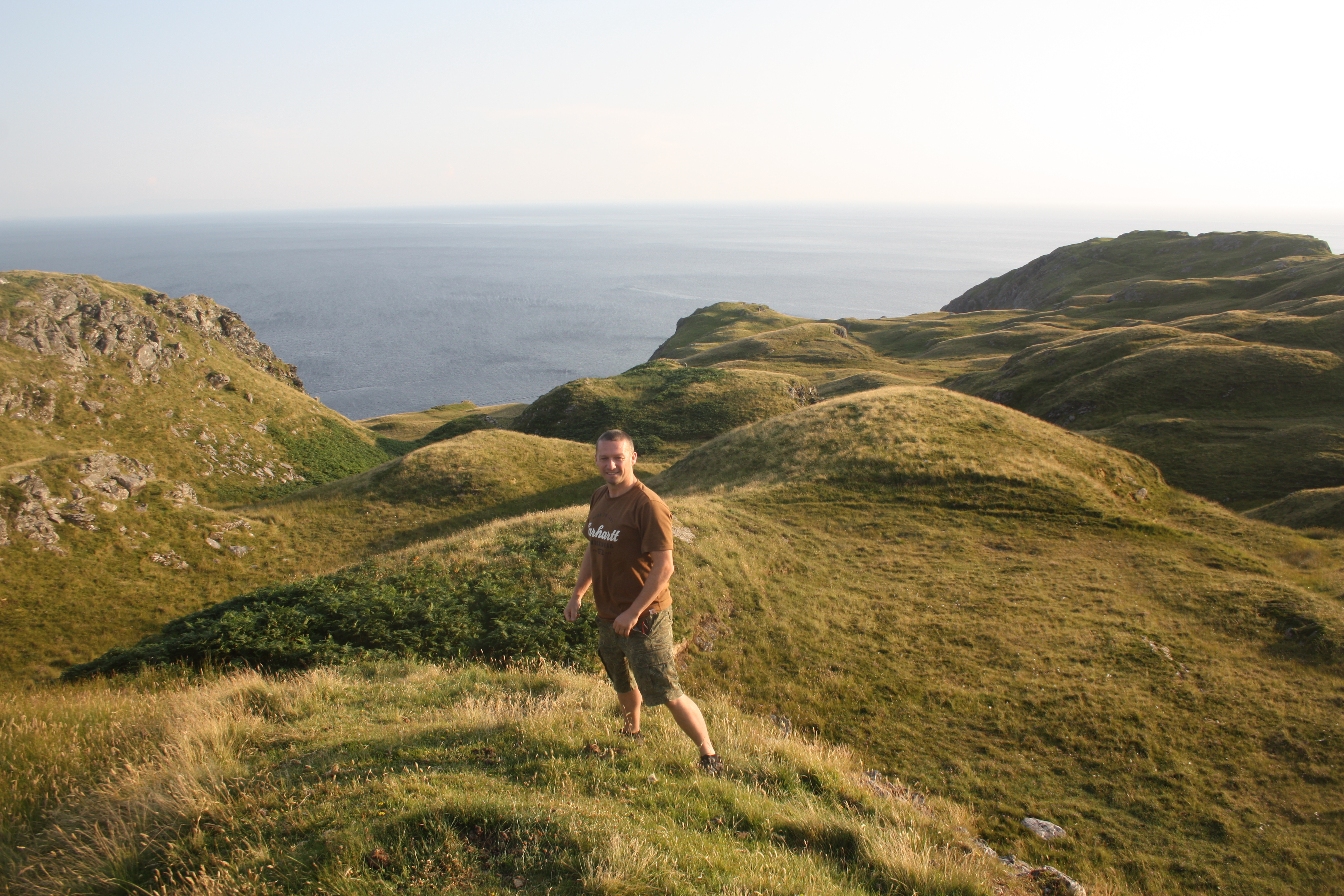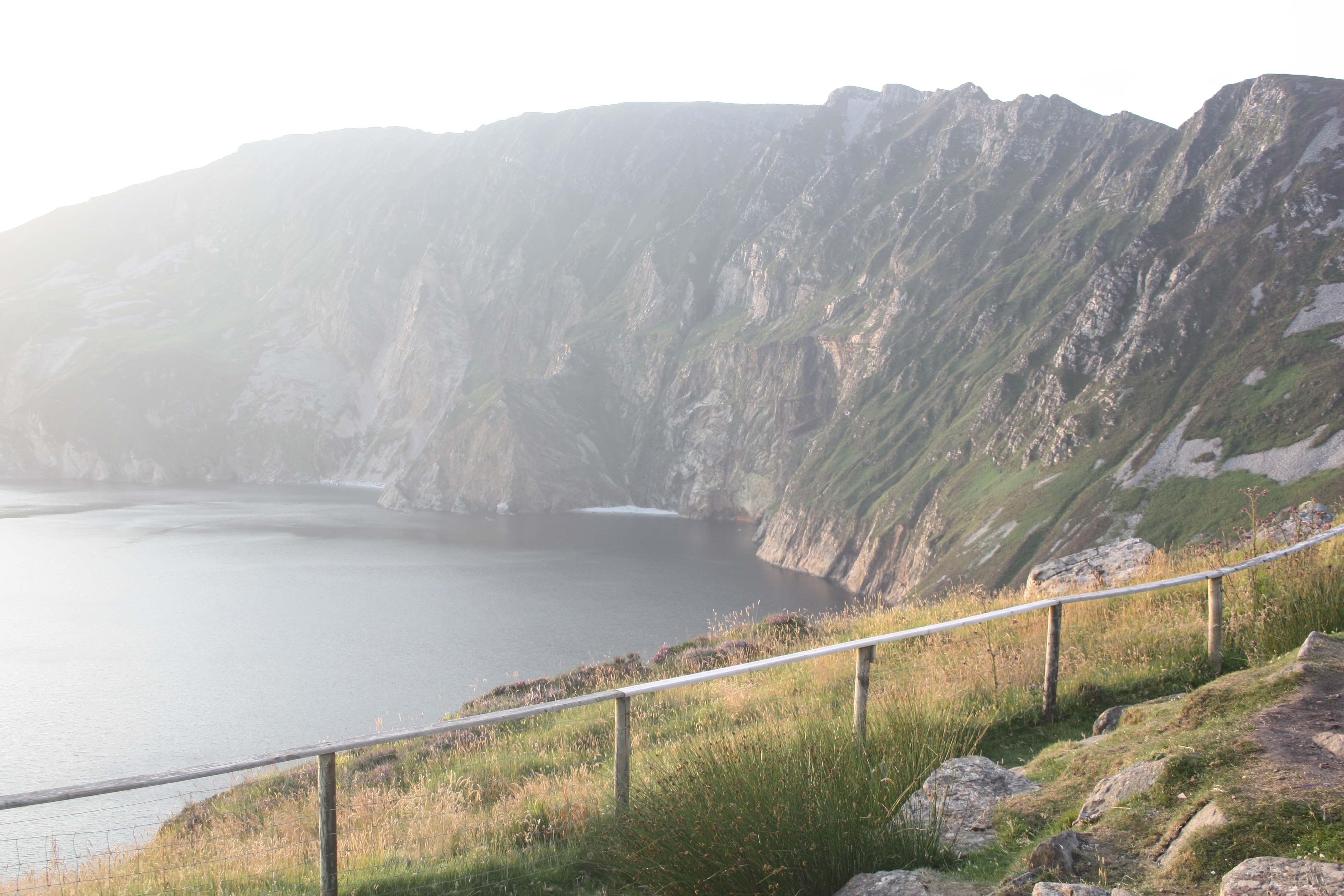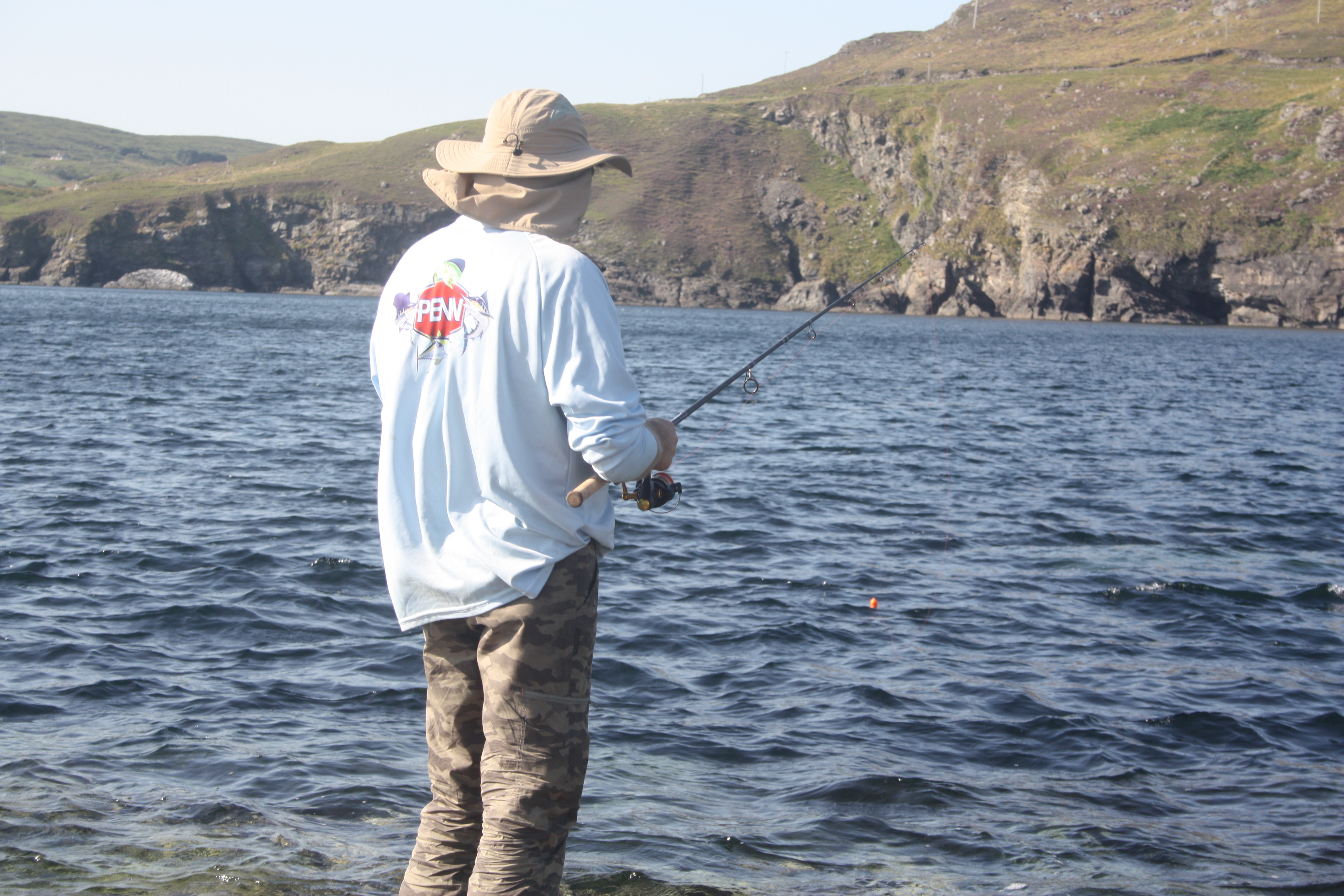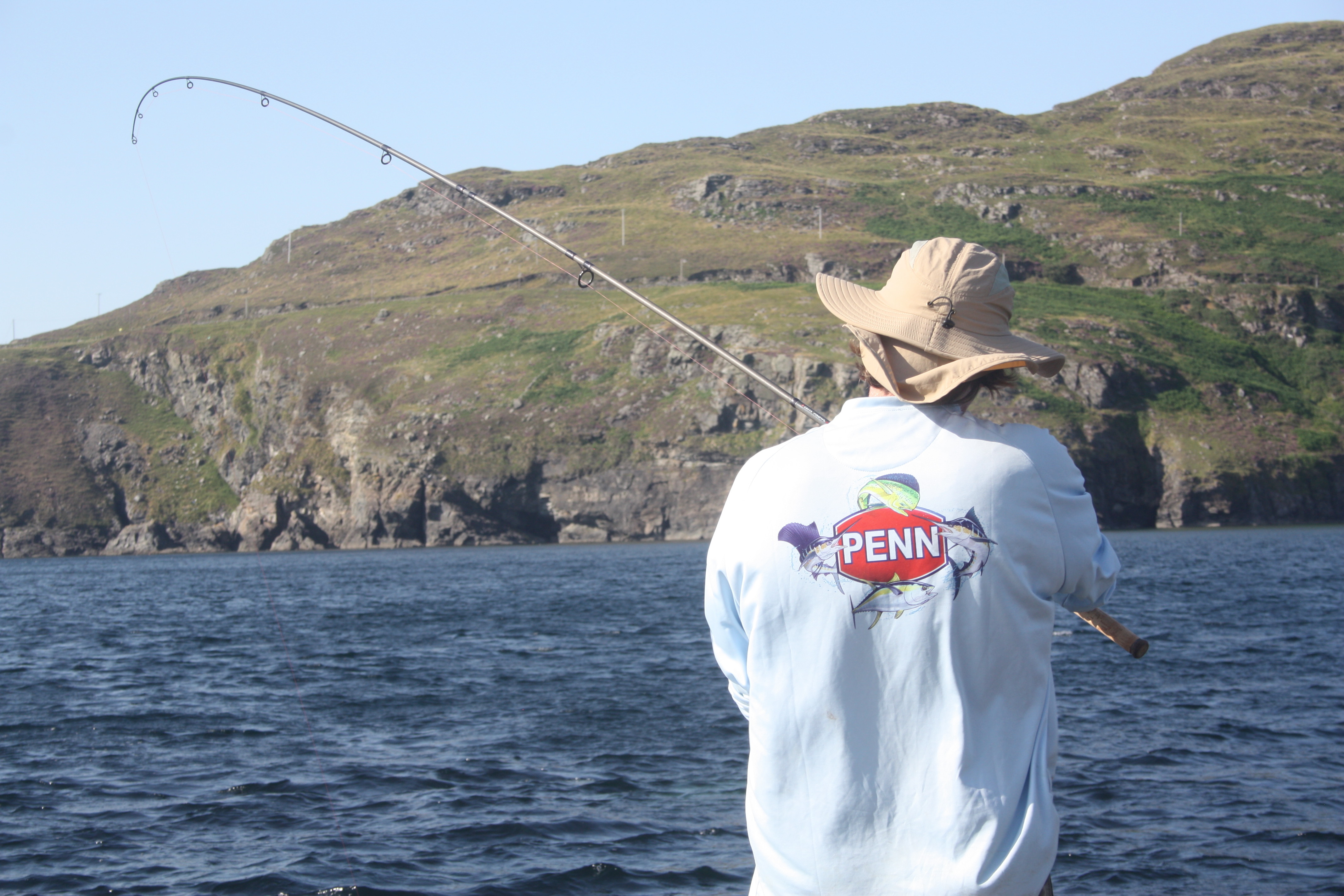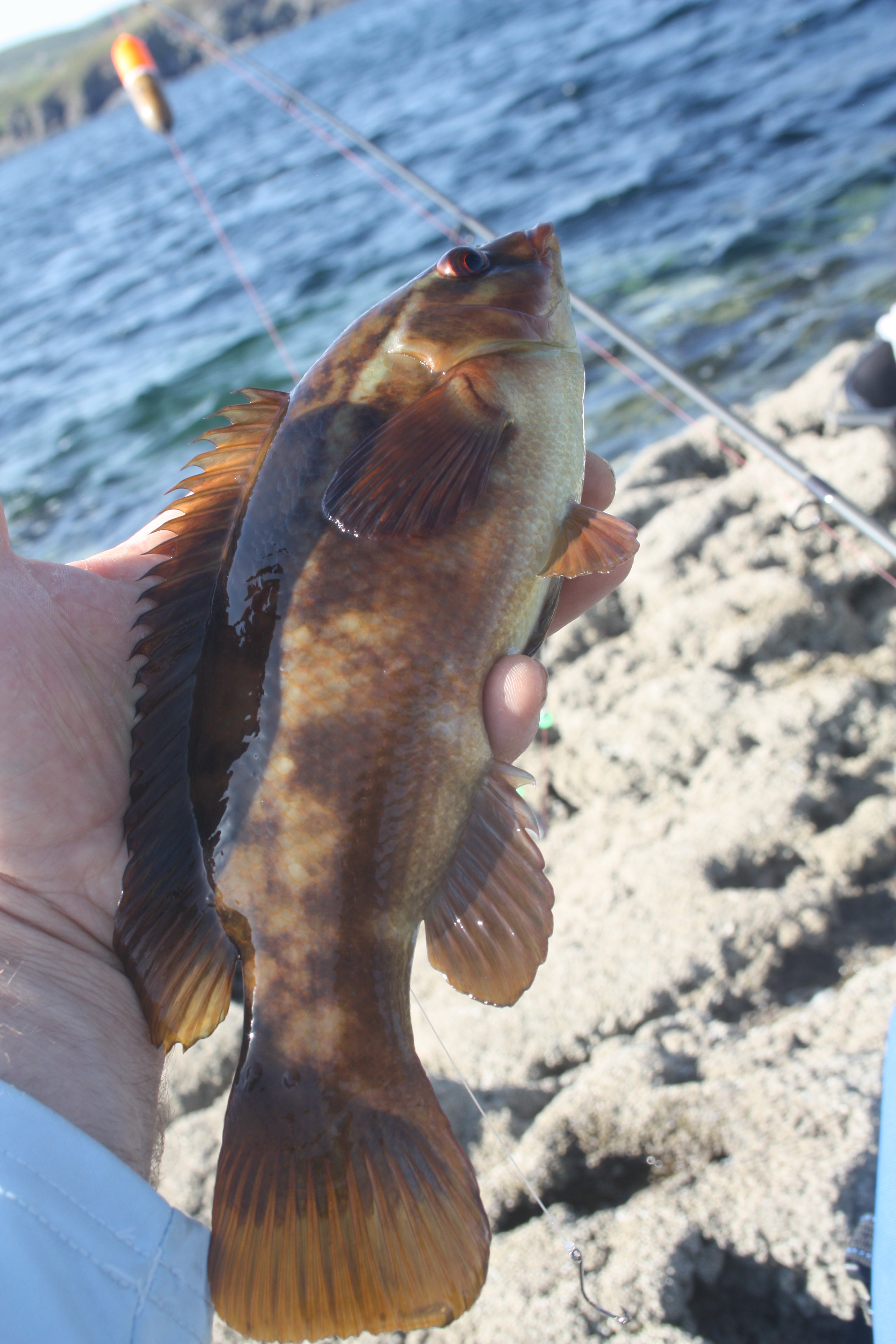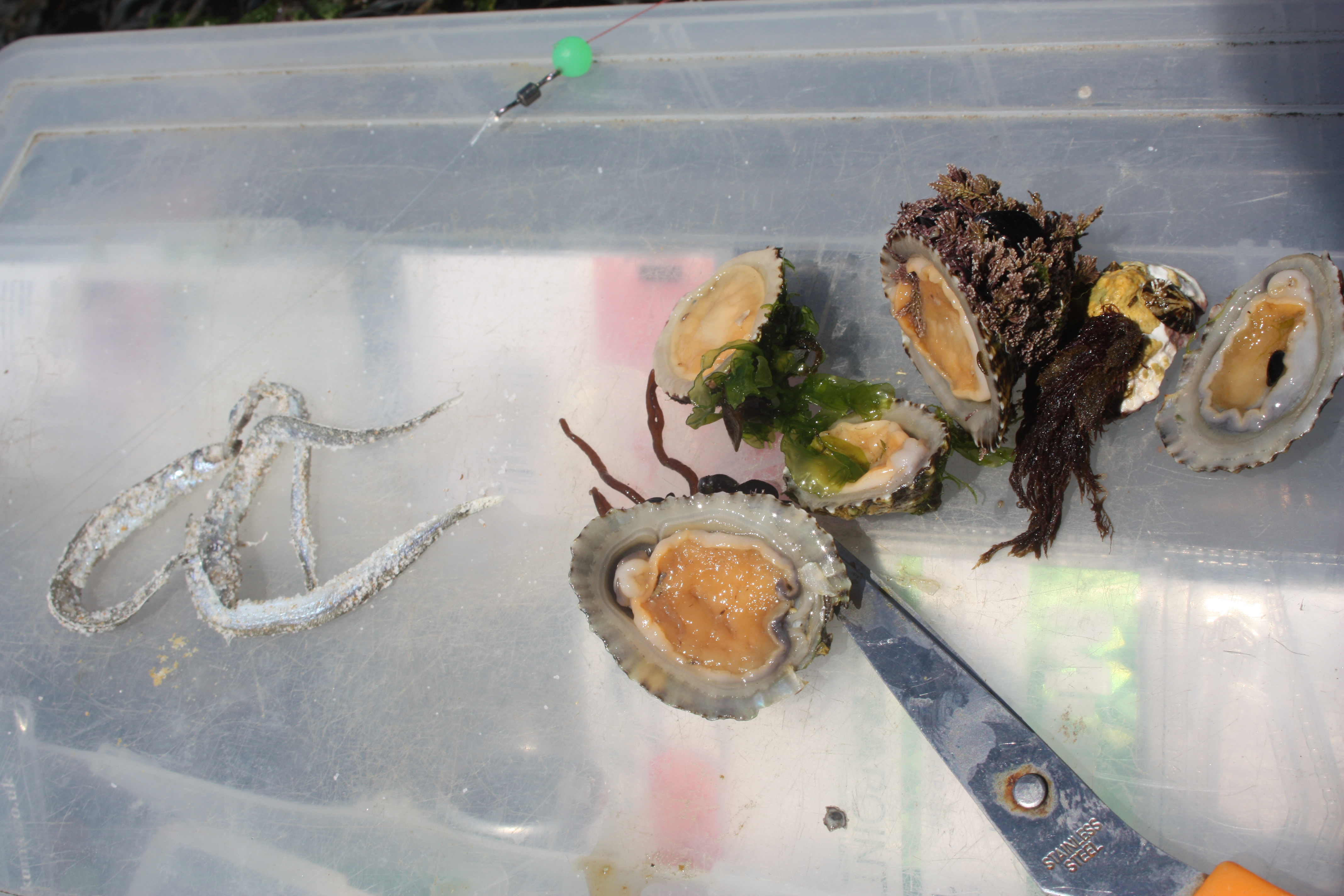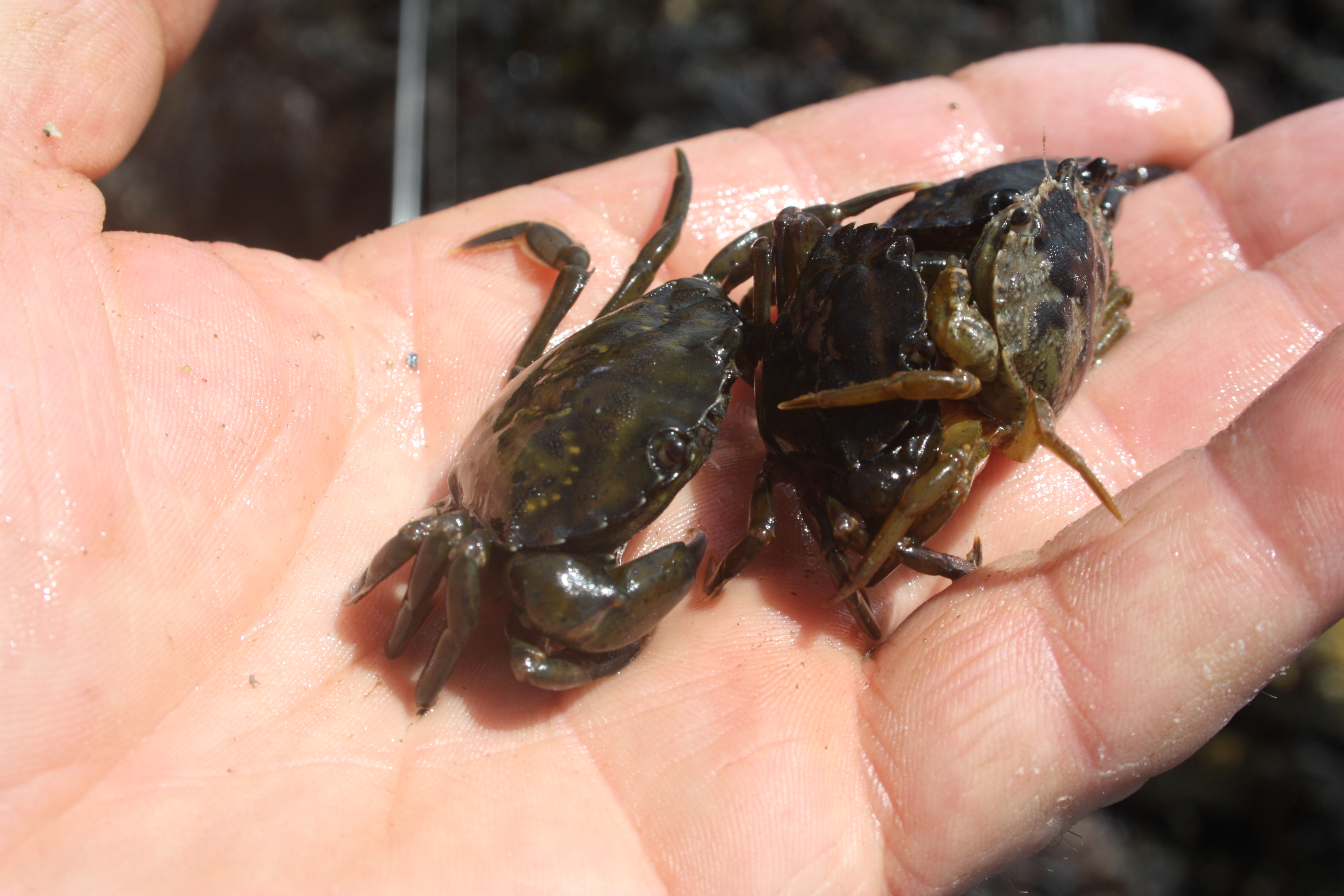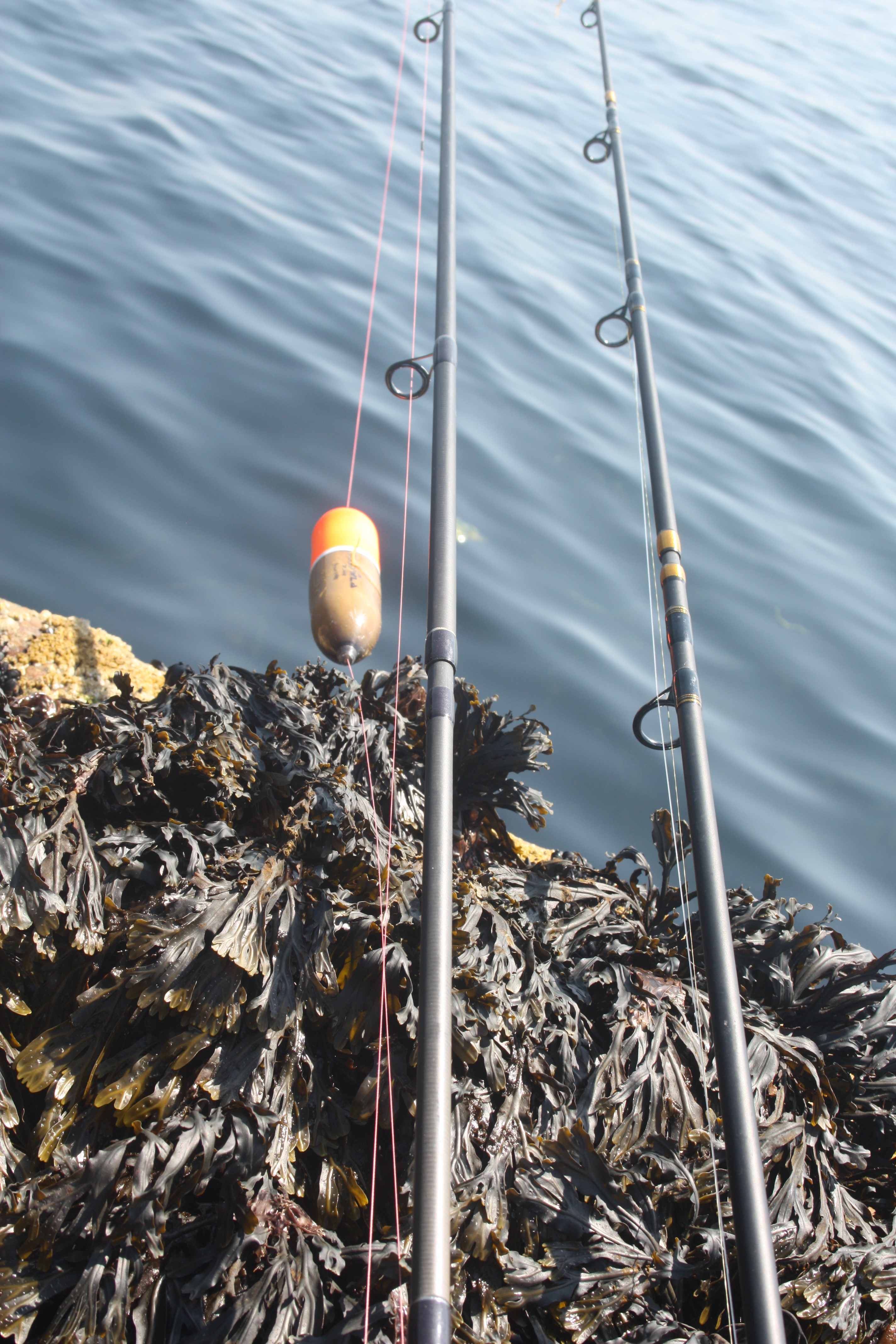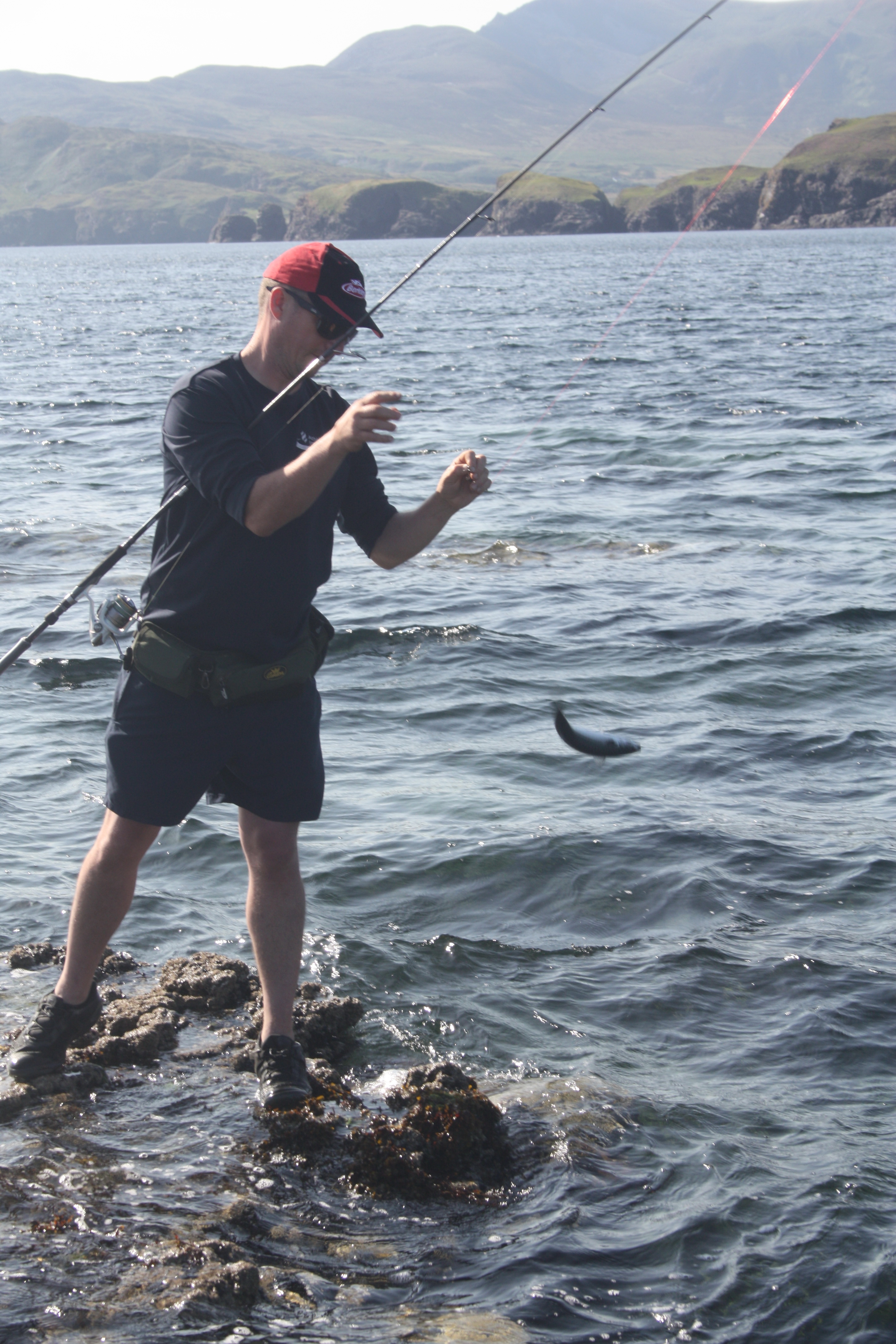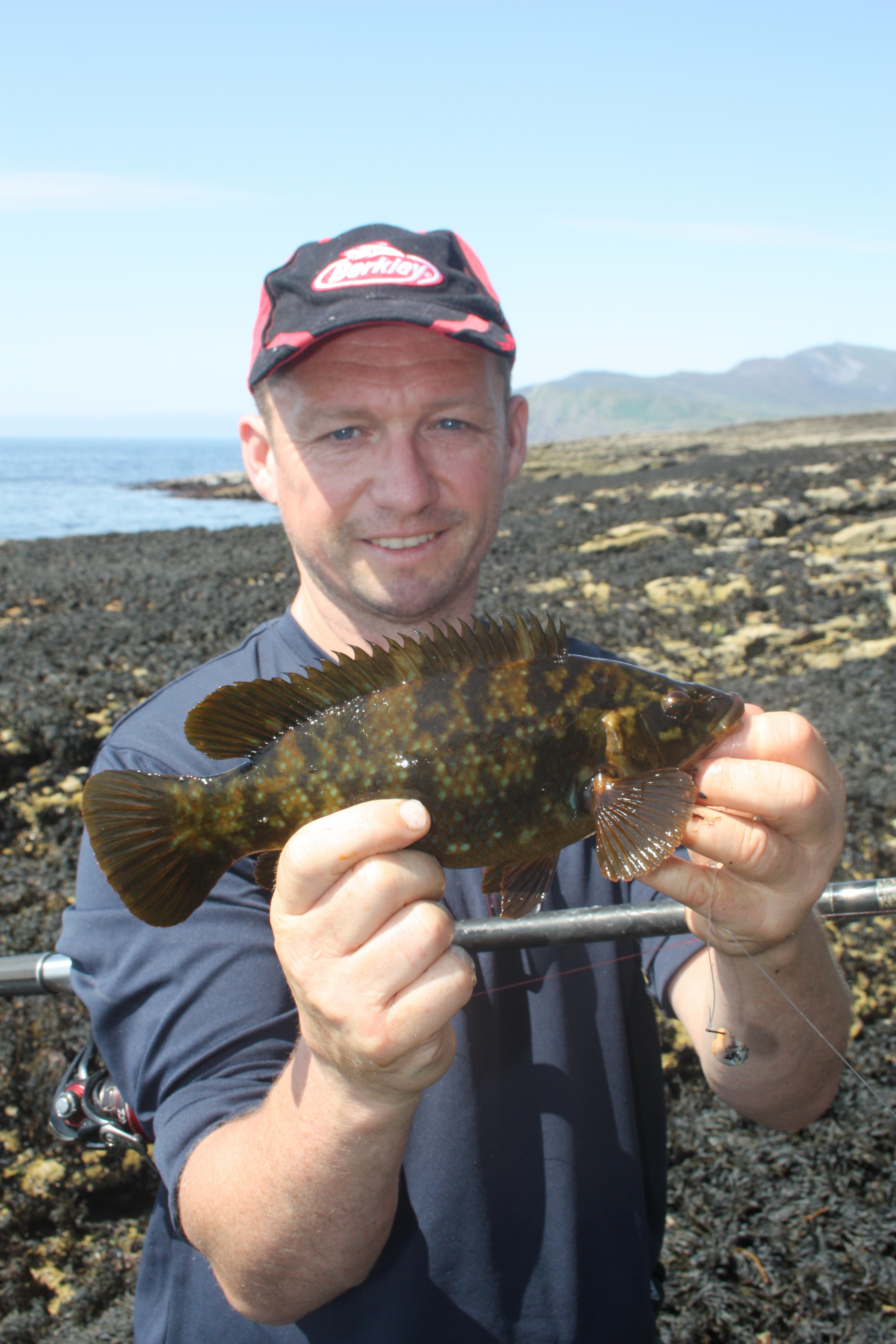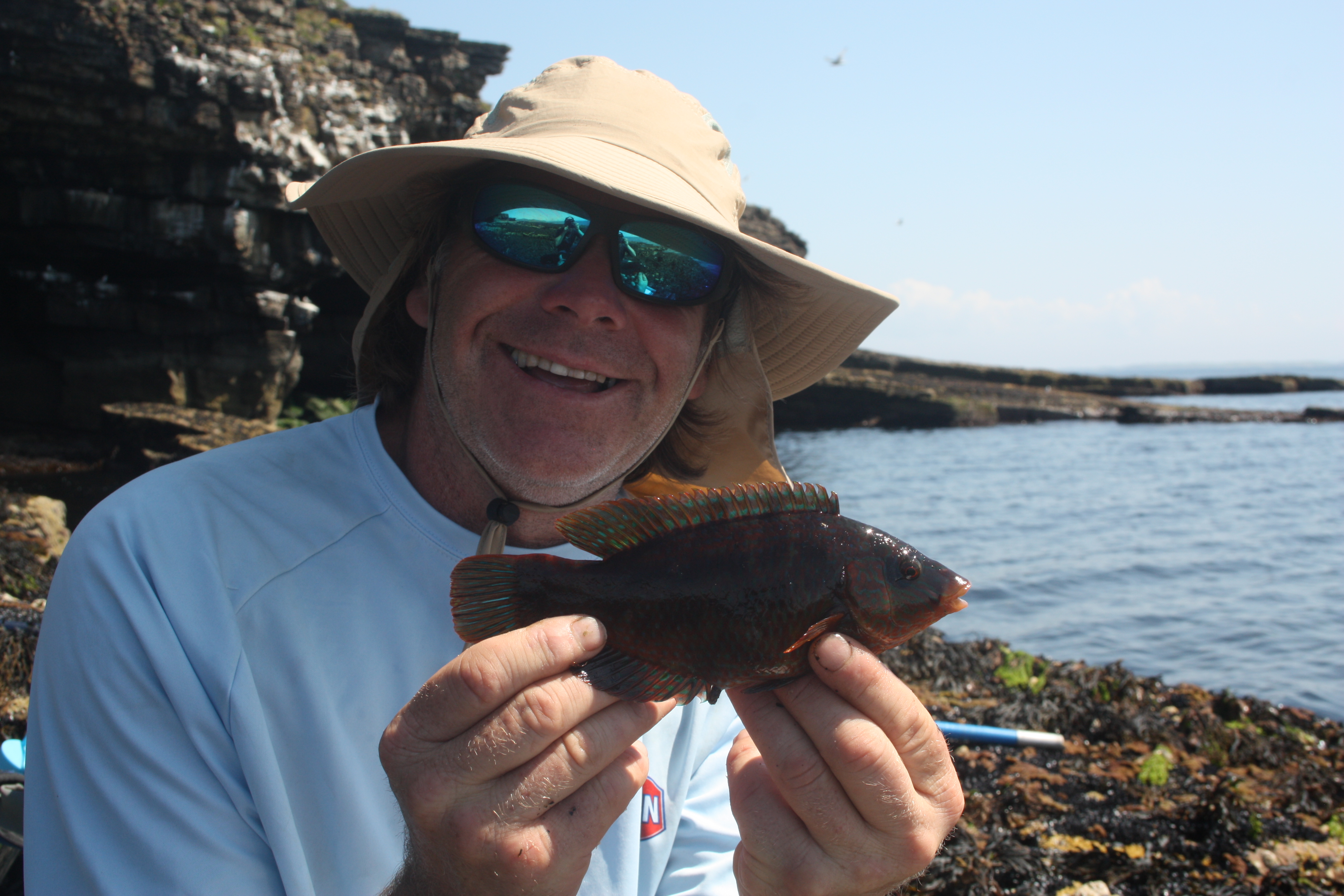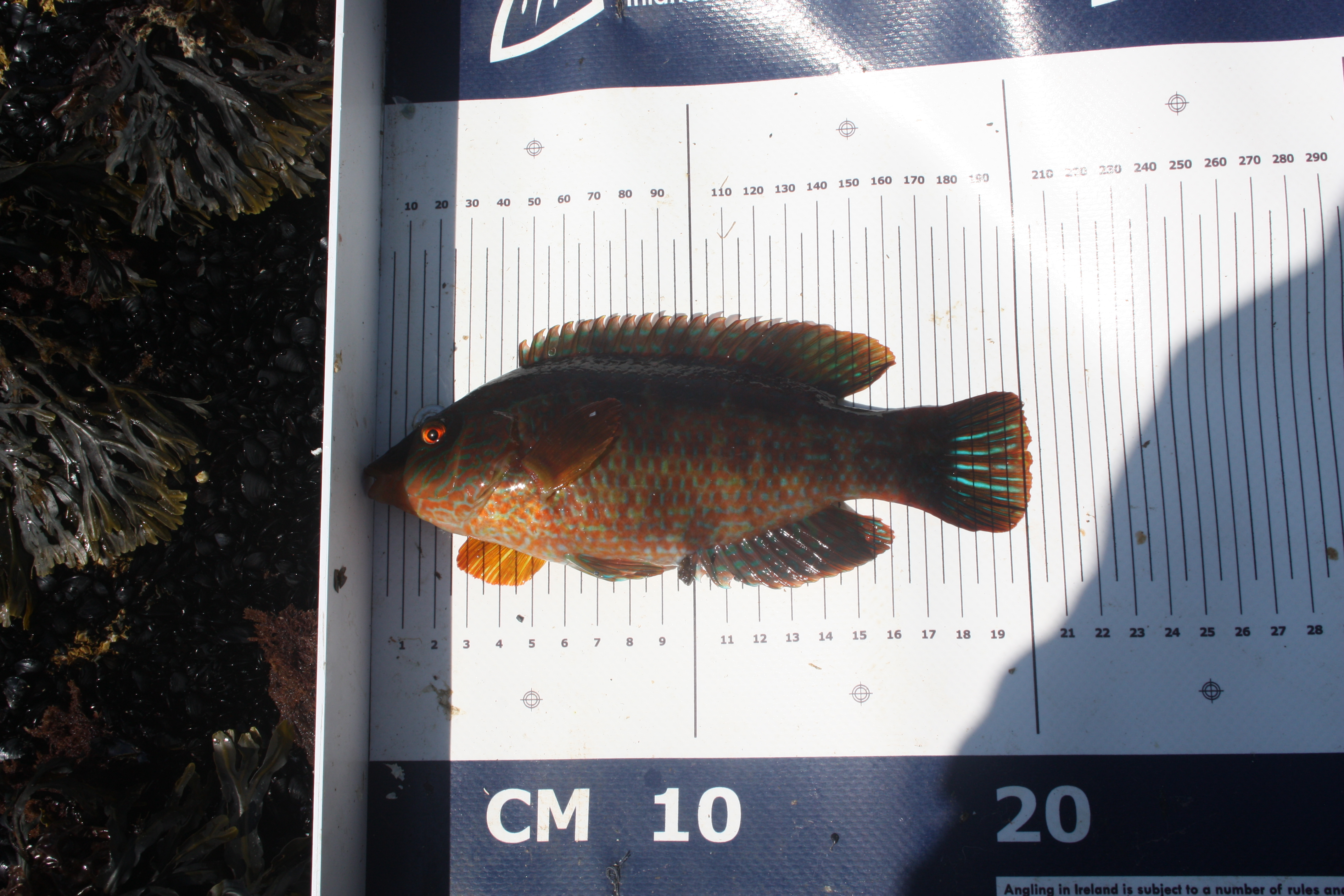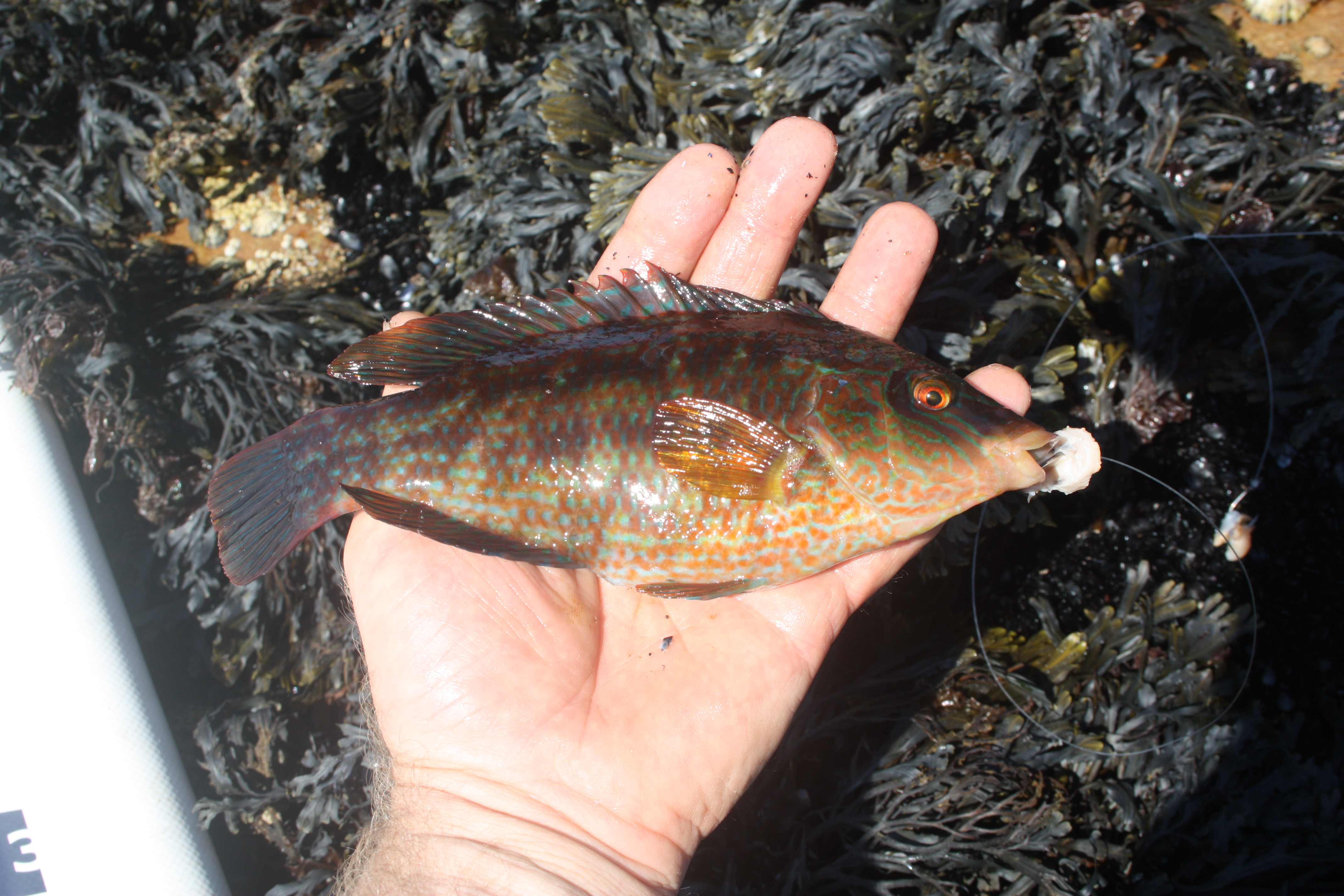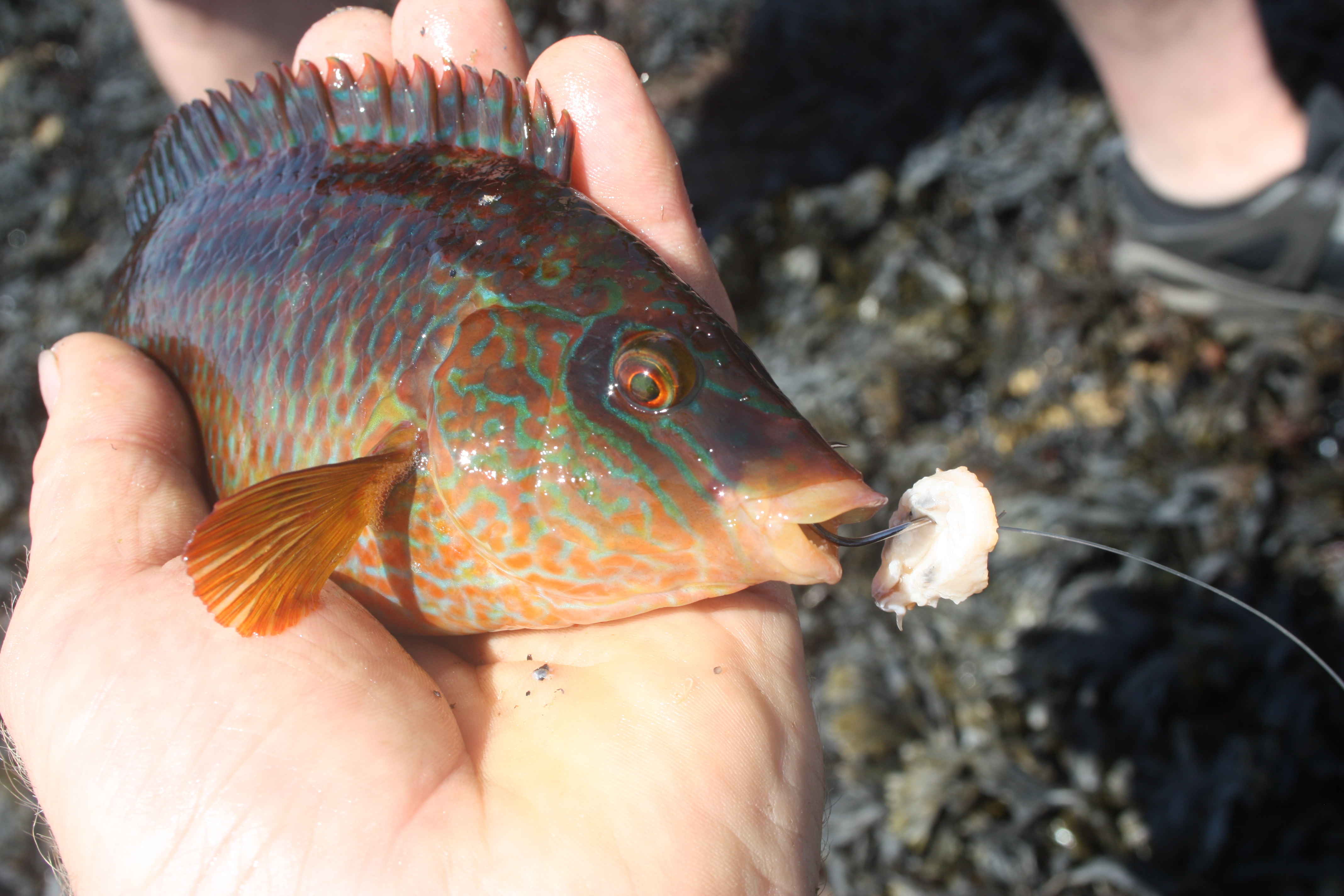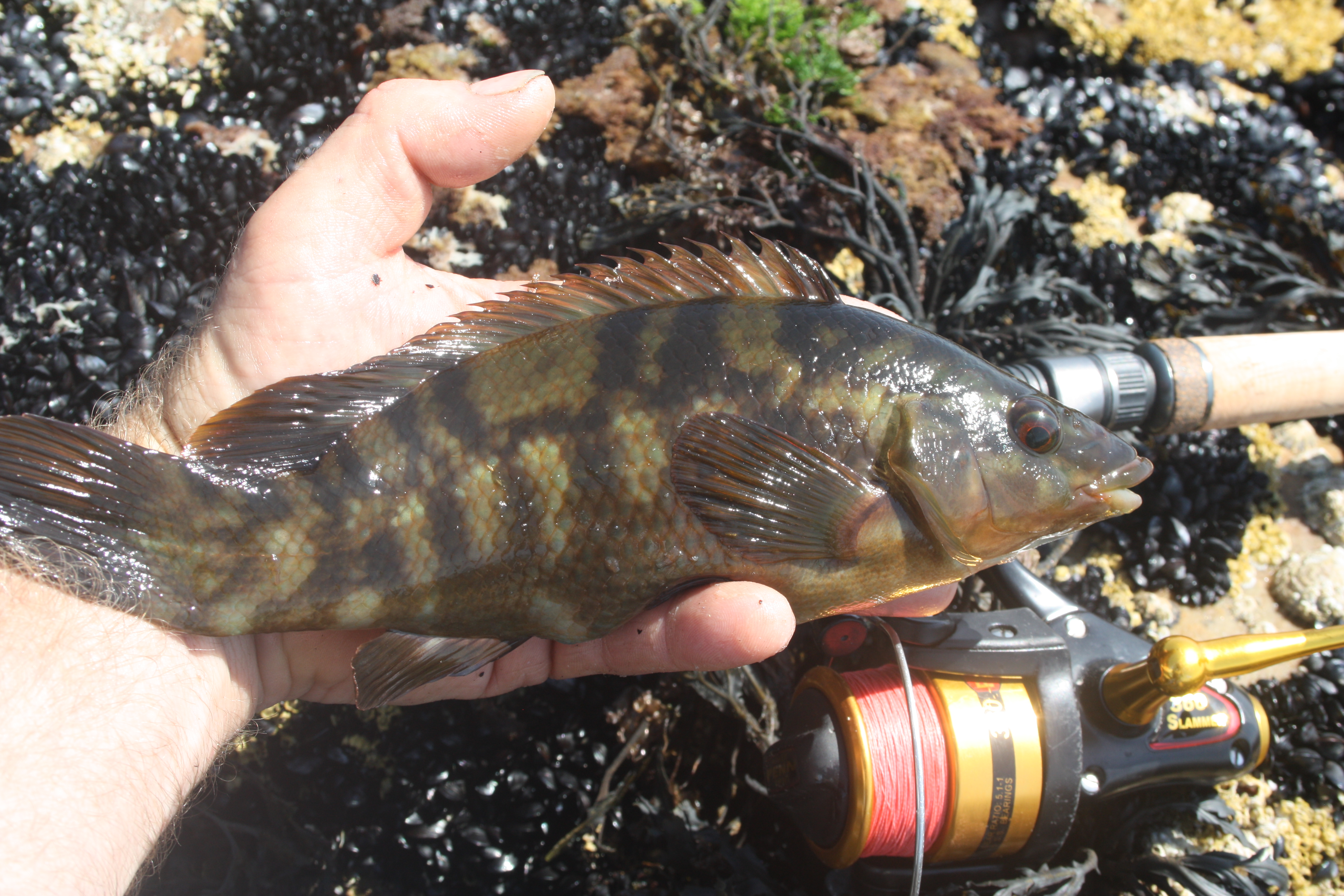Corkwing Wrasse
Terry’s Travels
Corkwing Wrasse
Muckross Headland, Donegal
This year, 2021, the Irish Specimen Fish Committee have decided to include several new targetable species to the specimen list.
Although these are basically "mini-species", adding these to the list offers an interesting dimension to the challenge of not only catching such fish, but also sorting out the larger ones.
One nominee, Corkwing Wrasse, rarely grows beyond twenty six centimetres and the suggested specimen length has been initially set at twenty cms to see what interest arises throughout 2021. Once sufficient data has been received from anglers, the Specimen Committee will agree on a target length that allows for a suitable challenge.
Travelling light is essential when covering large areas of rocky terrain
With this in mind, I teamed up with a good angling friend, Ross Macklin, and headed to West Donegal to see what we could "sniff out". We were working in that general direction, so brought along a small amount of light shore gear. This would allow for easy "rock-hopping" and exploration. We also decided to forage for bait on the move to make it more interesting and challenging.
Its only a small climb...says Ross
As Ross is a bit of a health freak, and natural explorer, he had me traipsing over hill and dale, up and over cliff faces and along vertical drops. We even climbed a large percentage of the famous Slieve League, just because it was nearby! At 596 metres, it boasts some of the highest sea cliffs in the country. Stunning scenery from vantage points it has to be said.
Awesome
We eventually ended up at Muckross Headland, at one time this was arguably one of the Wrasse epicentres of Ireland. I have spent a great deal of time around this area over the decades, from shore and boat. Ross had read much about the area but had never fished here and fancied giving it a try.
A lot of concentrated effort for one small Ballan!
In fairness, I explained that since commercial fishermen have been targeting Wrasse around the Donegal shoreline for use as "cleaner fish" in Salmon farms, taking millions from the natural habitat, living short life spans in these un-natural conditions, the numbers have sadly dropped dramatically. I guess Ross wanted to see for himself if the stories were true.
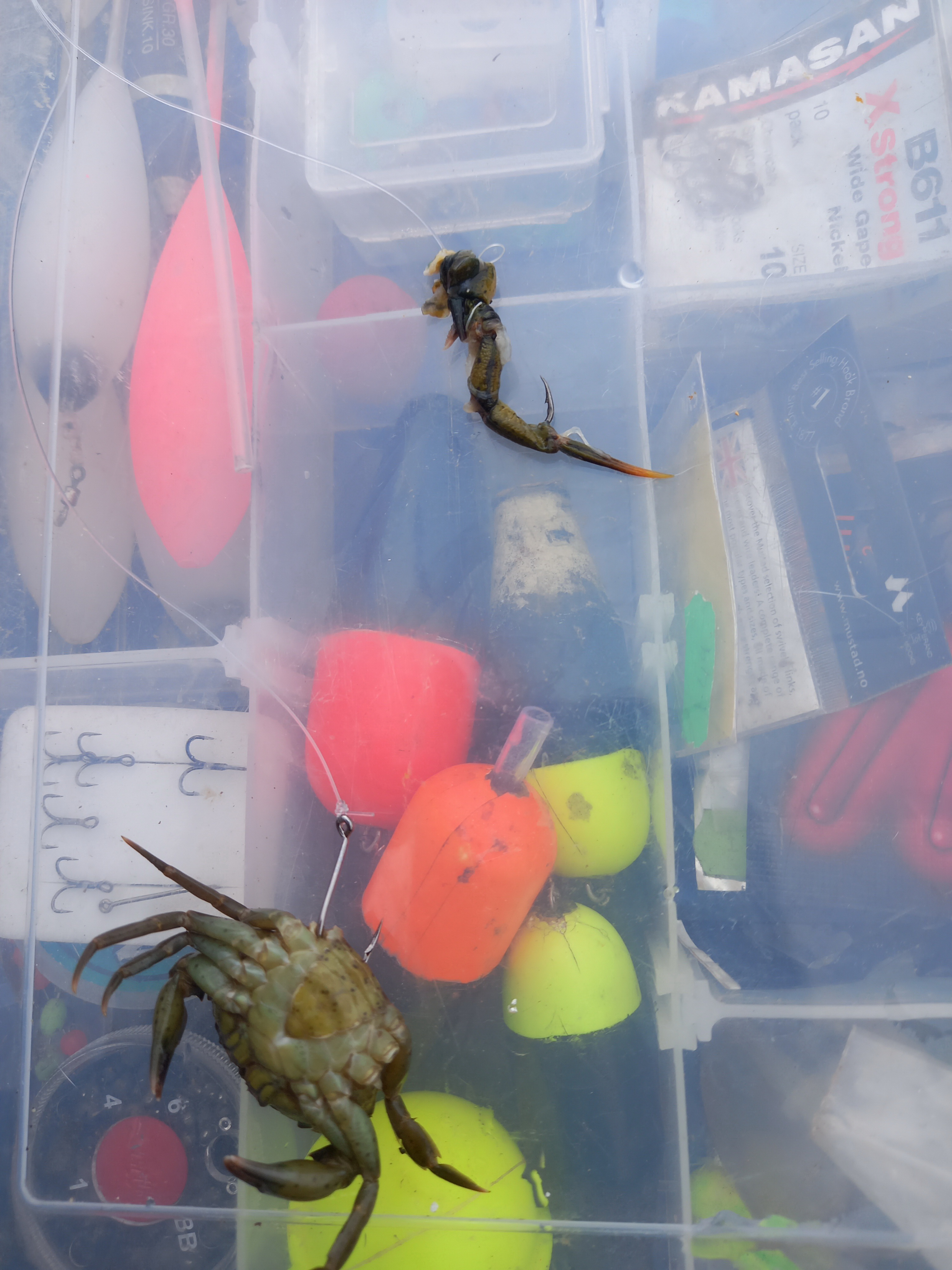
Double wammy! Crab bait for Ballans, Crab leg or limpet morsel for Corkwings
Big Ballans love a hard back
To "hedge" my bets, I brought two spinning rods, one for Wrasse, and one equipped with a lead-head to see if any Pollack were about. The two species usually go hand in glove around rocky headlands.
At the water's edge, the deep gullies looked extremely "fishy". A few casts with the lead-head however, told another story. Submerged ropes everywhere, attached to.....you've guessed it, Wrasse -trapping pots. All of a sudden, a dark cloud had settled over our beautiful sunny Donegal adventure.
Ross found a rope free spot and tempted a single Mackerel
Having left several lures hanging on submerged pot ropes for the commercial guys to find, we were forced to fish tight to the rock ledges, hopefully snag free. We opted for float fishing methods, nothing like the sight of a float burying a metre below the surface in the blink of an eye, lifting into a "brick wall" of a large Ballan and coaxing it away from the kelp beds below, here's hoping!
Nice, but it shouldn't be this difficult
Again, hedging the bets, my float rig carried two hooks, a size two heavy gauge hook baited with whole hard-back crab for the hefty Ballan Wrasse, and above this, a short snood onto a size 6 Carp hook, baited with a tiny piece of foraged Limpet to suss out the mini Corkwings that seem to inhabit every sub-surface nook and cranny around Ireland's shoreline. The Carp hook should be strong enough to handle a stray Ballan should it take a fancy to a small piece of Limpet!
Possible new specimen, but I think the ISFC will make the size larger
We fished, and walked, climbed, fished and rock-hopped, and covered a lot of ground. The day was glorious, the breeze was gentle, the tides were perfect, but the Wrasse were absent. I wonder why? What I cannot understand, is what gives anyone the right to simply fish a species out of existence, because they are fetching a good price.
Pretty little species, tempted by a piece of Limpet
Wrasse seem to be another one of these invisible species, such as Mullet, where Inland Fisheries seem to simply ignore stocks, have no quotas or intention of setting any, and no policing. A vital species to the ecosystem, and hugely beneficial to sustainable angling-based revenue, but yet again, no protection. A commodity that fetches instant finance, but the deeper, richer finances of angling tourism yet again go ignored. Sad times for sure.
We spent a day and a half, fishing our hearts out, and finally, after a small open boat appeared from around the headland, emptied and re-set more pots, we decided this was enough torture. We managed to winkle out two small Ballan Wrasse each, and a bonus Corkwing Wrasse for our efforts, on a rock mark that once regularly produced dozens of fish in a single session. I had hoped this was a local problem, but have since been reliably informed that the Antrim Coastline is now under attack, God help us, God help the fish!
Apologies for the depressing story, but it has to be told. Maybe someone, somewhere will rise up and fight for our species, they belong to all of us, not just a chosen few.




